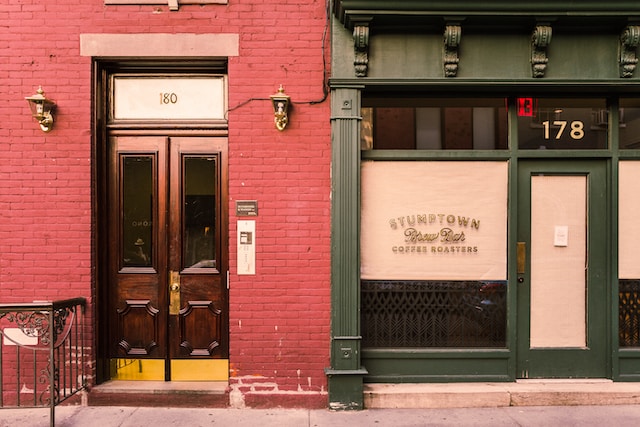In the realm of architectural preservation, the practice of professional brickwork restoration and tuckpointing emerges as a meticulous craft that breathes new life into aging structures while honouring their historical significance. This specialized form of masonry involves the careful restoration of brickwork, addressing structural issues, enhancing visual appeal, and ensuring the longevity of architectural treasures. In this exploration, we delve into the artistry and precision of professional brickwork restoration and tuckpointing, unravelling the layers of this transformative process.
Professional brickwork restoration and tuckpointing brickwork go beyond mere repairs; they encompass a holistic approach to rejuvenating brick structures. Brickwork restoration involves the comprehensive renewal of deteriorated or damaged brick elements, addressing issues such as cracks, spalling, or crumbling. Tuck pointing, on the other hand, is a highly specialized technique that focuses on restoring the mortar joints between bricks. The precision involved in both processes ensures a harmonious blend of structural integrity and visual coherence.

Heritage structures often bear the scars of time, and preserving their historical significance requires a nuanced approach. Professional brickwork restoration and tuck pointing are essential for maintaining the authenticity of these architectural treasures. Skilled masons meticulously replicate original materials and techniques, ensuring that the restored elements seamlessly integrate with the historic fabric of the building. This dedication to authenticity is paramount in preserving the legacy of bygone eras for generations to come.
Aging brick structures are susceptible to various structural issues, including mortar deterioration, brick displacement, and overall instability. Professional brickwork restoration addresses these concerns by conducting a thorough structural assessment. This process involves identifying compromised bricks, reinforcing load-bearing elements, and rectifying any underlying issues that may compromise the stability of the structure. The result is a structurally sound building that can withstand the test of time.
Tuck pointing, often referred to as “repointing,” is an art that demands precision and expertise. The technique involves the removal of deteriorated mortar and the careful application of new mortar to create the illusion of well-finished, narrow joints. Skilled craftsmen pay meticulous attention to colour matching, texture, and joint width, ensuring that the tuck pointing seamlessly blends with the original masonry. The precision in these techniques not only reinforces structural stability but also elevates the aesthetic quality of the brickwork.

While structural integrity is paramount, the aesthetic impact of professional brickwork restoration and tuck pointing should not be understated. The meticulous attention to detail in colour matching and joint finishing contributes to a visually appealing result. The restored brickwork recaptures the original charm of the structure, revitalizing its external facade and, by extension, the surrounding environment. The enhanced visual appeal is not merely a cosmetic improvement but a testament to the commitment to preserving architectural beauty.
The choice of materials is a critical aspect of professional brickwork restoration. From bricks to mortar, every element must align with the historical context and architectural style of the building. Skilled masons carefully select bricks that match the size, colour, and texture of the originals. The mortar mix is customized to replicate the composition used during the building’s era. This dedication to authenticity ensures that the restored elements seamlessly integrate with the existing structure.





